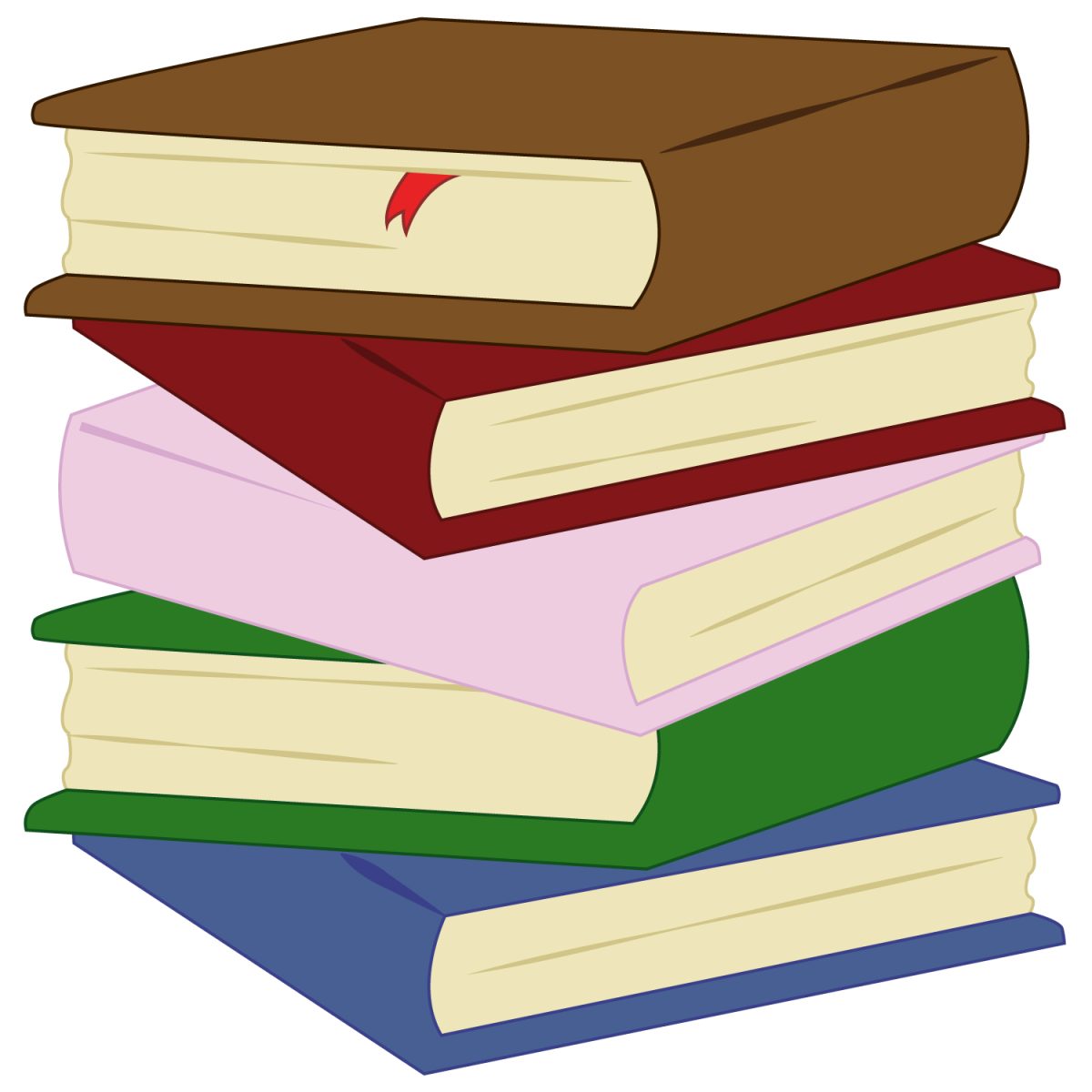The History Club spring lecture series continued after spring break with Dr. Melissa Gormley’s presentation “Politics, Art and Murder”. Dr. Gormley’s lecture described the exile and assassination of Soviet revolutionary and politician Leon Trotsky. This was the fifth faculty lecture in the History Club’s “Assassinations Throughout History” lecture series, preceded by Dr. Andrey Ivanov’s lecture “The Riddle of False Dimitriis in Russia.”
Dr. Gormley highlighted politics and art as the causes leading up to Trotsky’s assassination and explained the correlation between them. Russian politics played a majority role in Trotsky’s assassination, according to Dr. Gormley. Trotsky was a part of the Russian Revolution and the start of the Soviet Union, and an important figure within Russian politics. Once allied with Josef Stalin, in the words of Dr. Gormley, Trotsky was essentially “voluntold to leave Russia” due to his weaning support and conflicting ideologies. Exiled, Trotsky was invited to live in Mexico by Lazaro Cardenas. Cardenas had fought in the Mexican Revolution and after beginning his presidency, he established labor unions, land distribution and funded public art, which played a large role in Trotsky’s assassination.
Due to low education rates, Cardenas funded public mural projects to portray and teach Mexican history. These muralists were often Communists like Cardenas, including Diego Riviera. Riviera was one of the “Big Three” muralists, and supported communism with his wife, Frida Kahlo. After Trotsky’s invitation to Mexico, Riviera invited Trotsky and his wife to live with them. Trotsky went to Mexico in 1937, and continued to write, including writings about the relationship between art and politics.
Stalin continued to grow in global power, however Trotsky’s approach appealed to the public through art in a way that Stalin couldn’t achieve. Trotsky’s support began to dwindle, leading to an attempt on his life by one of Mexico’s “Big Three” muralists, David Siqueiros, a hardcore Stalinist. This failed, but Trotsky would later be assassinated with an ice pick by one of his aides, Ramon Mercader. Stalinism and communism both continued to remain popular in Mexico after his death. To explain the conflict, Dr. Gormely described Trotsky’s ideology as “communist lite”, adding, “He’s probably rolling over in his grave as I say this.”
The final lecture in the History Club series will be held April 3, where Dr. David Krugler will be lecturing about the assassination of John Fitzgerald Kennedy. The History Club would like to thank the faculty for their continued effort and the students for their interest and attendance.





Dante | Mar 29, 2024 at 10:47 pm
Leon Trotsky was the most politically significant of the Old Bolsheviks. His murder was, without question or hyperbole, the most damaging political assassination of the 20st century.
To call him anything “Lite” betrays a fundamental unseriousness regarding the treatment of history and politics, and shows zero understanding of his significance.
For a substantive piece on the events surrounding this horrible event, I recommend the article “Trotsky’s Last Year” by David North on the World Socialist Web Site – wsws dot org